18 Mar The Ultimate Conversion Rate Guide for 2020 | Part II

By David Sroka, Strategic Account Manager
In our last blog post, we discussed how to understand conversion rates. In this post, we will discuss how to optimize your strategies in order to maximize conversion rates.
The Importance of Visuals
Advertisers are constantly using psychological tricks to get us to buy their products. Studies have shown that distal sensory experiences like sight, smell, and sound lead people to want to buy things in the distant future, while touch and taste lead to more immediate purchases.
The shift from shopping in person to online has had a significant change in the overall retail industry. There are a few ways in which e-commerce stores have failed to match their physical counterparts. Besides not being able to use 3 of the 5 senses, e-commerce still falls short in product images. Most retailers only have one photo for each product and most are static photos with little to no details and are smaller than the space that can be used.
Just improving the quality of your images (specifically your main image) can see a result in conversion rate that is three times higher than that of low-quality images. Try ensuring your content and images are clean and clearly show the products benefits.
Brand Analytics
Brand Analytics is a feature that contains valuable insights to empower brand owners to make informed, strategic decisions about their product portfolio and marketing/advertising activities.
What information is contained in the Amazon Search Terms report?
The Amazon Search Terms report shows the most popular search terms on Amazon during a given time period, along with each term’s search frequency rank and the top three products that customers (in aggregate) clicked on after searching that term. For each of the top three products, the report also shows each product’s click share and conversion share.
Brand Owners can look up a specific term to see the products that Amazon customers (in aggregate) are clicking on after searching for that term. They can also search for a specific product to find out which terms are driving Amazon customers (in aggregate) to click on that product.
What is Search Frequency Rank?
Search frequency rank is the numeric rank of a specific search term’s popularity when compared to all other search terms during a given time period.
By determining which search terms are driving customers to click and buy your product is crucial in increasing your conversion. This also can help determine if you are targeting keywords and it is not converting at all. A lot of products are the first to be clicked on but take the least amount of conversion share. You can use this information to create marketing campaigns that are more targeted.
Amazon Advertising Campaigns
Campaigns can be used side-by-side with brand analytics in order to increase your sales as well as conversion. By using Brand Analytics, you can identify new keywords especially long tail search terms that you may not have found prior. You can use these keywords to improve your campaign ACoS, ultimately increasing your conversion.
Secondly, Amazons Sponsored Program determines where you appear based off how much you are willing to spend per keyword. Some of the main keywords which will get significantly more impressions and clicks will have worse conversion. By strategically ensuring you won’t be the first click, you can increase your sales without getting a bunch of unnecessary clicks.
Keyword Ranking
Know Where You Rank! Understand where you show up on Amazon and how customers can purchase your product. By knowing and understanding where your products are showing up, you can help identify how to improve the content for the product as well as images.
A lot of customers are looking for specific concerns, so if you are not clear that your product covers these concerns, you risk the possibility of consumers leaving your listing in hopes to find one that does.
External Marketing
This is the hardest to identify and follow. For one, you can create specific promotional codes to give to the audiences. If the consumers use these codes, then you can identify these sales to the specific external marketing strategy. There are also Amazon tools (i.e. Amazon Associates, Amazon Attribution, Brand Store Source Tags) which help attribute sales from external marketing, as well as 3rd-party tool.
Regardless of the tracking method, the most important aspect regarding conversion rate is to ensure that you are not sending unqualified traffic to the Amazon product page. Only send traffic that has already been warmed up and you are confident has a high intent-to-buy. Otherwise, you risk your external marketing & advertising efforts hurting your growth because the unqualified traffic will bounce off the product page, driving ranking down, and thereafter, sales. In addition, make sure that when you do send traffic to your product page, it is optimized for consumer conversion (i.e. high-quality images, attractive content, clear value propositions, etc.)
Conversion Data Can Impact Your Entire Sales Cycle
Conversion rates not only affect your organic ranking, but it can also affect the way your ads are served.
At VENDO, we recommend that you use your Brand Analytics and conversion rate not only to monitor how changes you have made to a listing have affected your sales, but also to monitor changes in the marketplace such as new, competitive products in your niche.
You can then use your conversion data to benchmark changes in your products and to the marketplace. This can help you be able to continue to maximize your potential sales velocity.
Take Action! So what are you waiting for? Go out and make these changes today! And if you need help, feel free to reach out to the Vendo team to chat!











No Comments